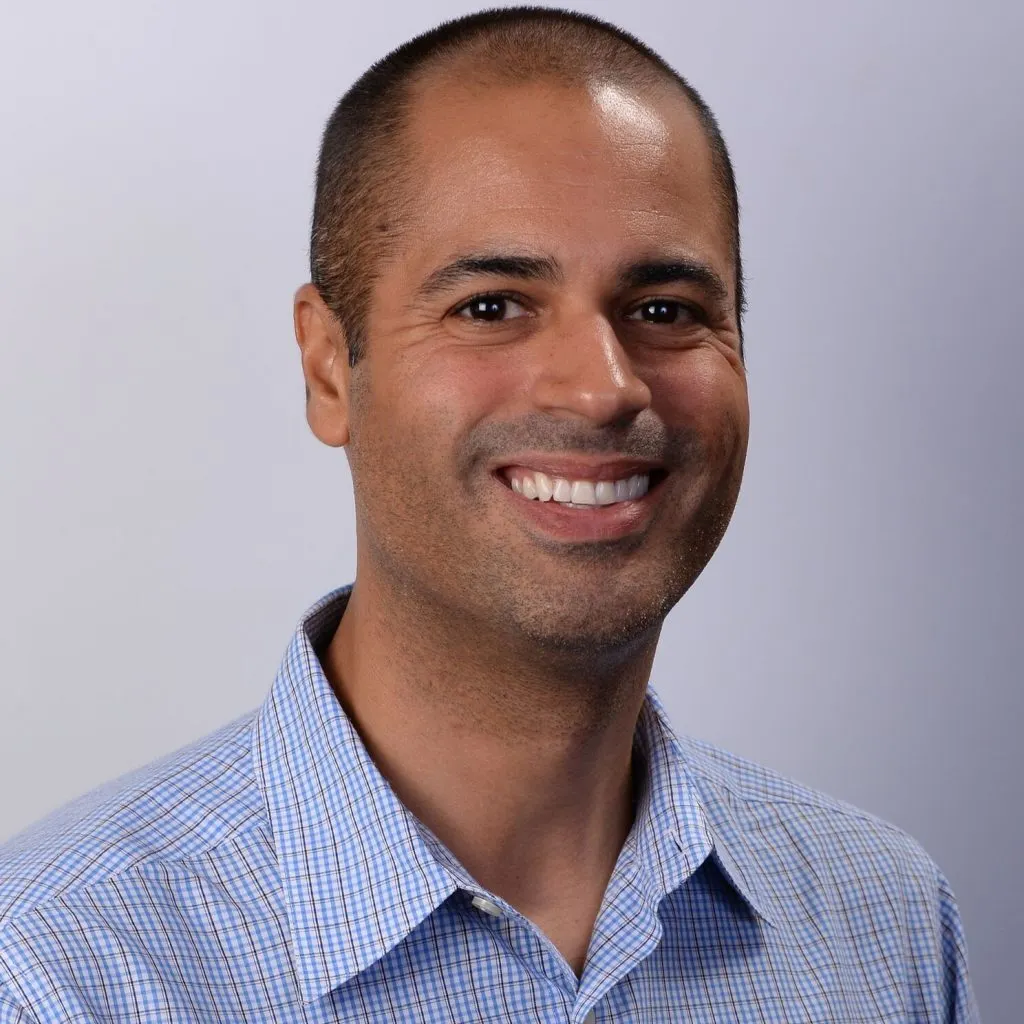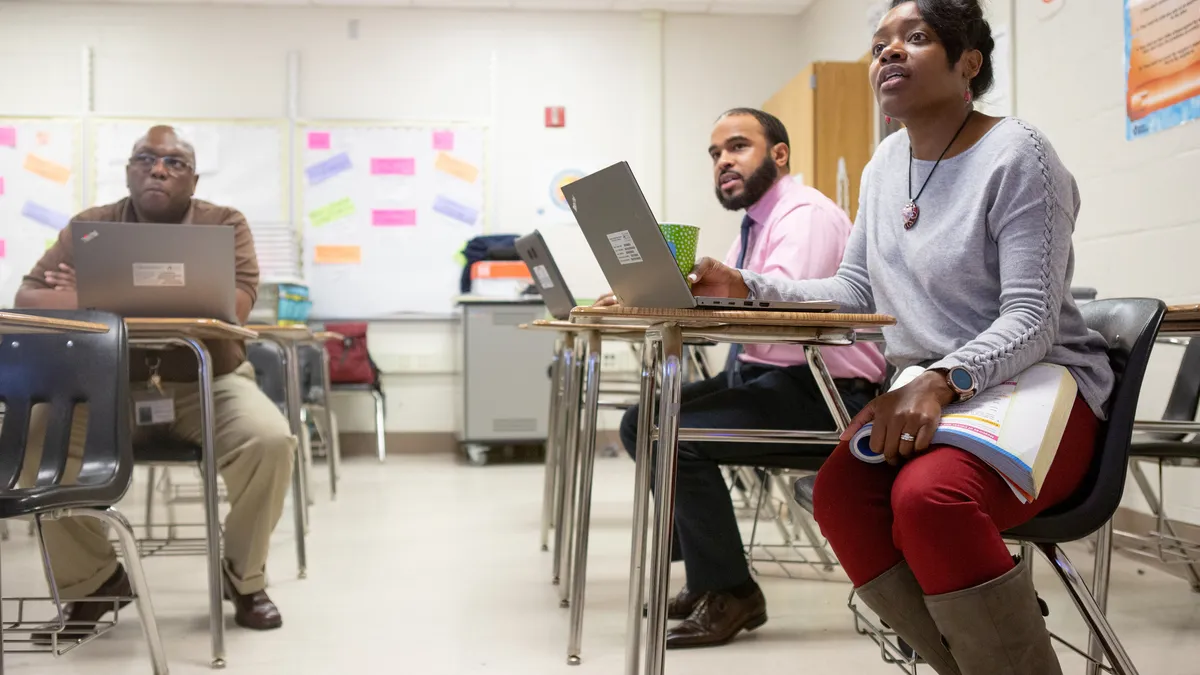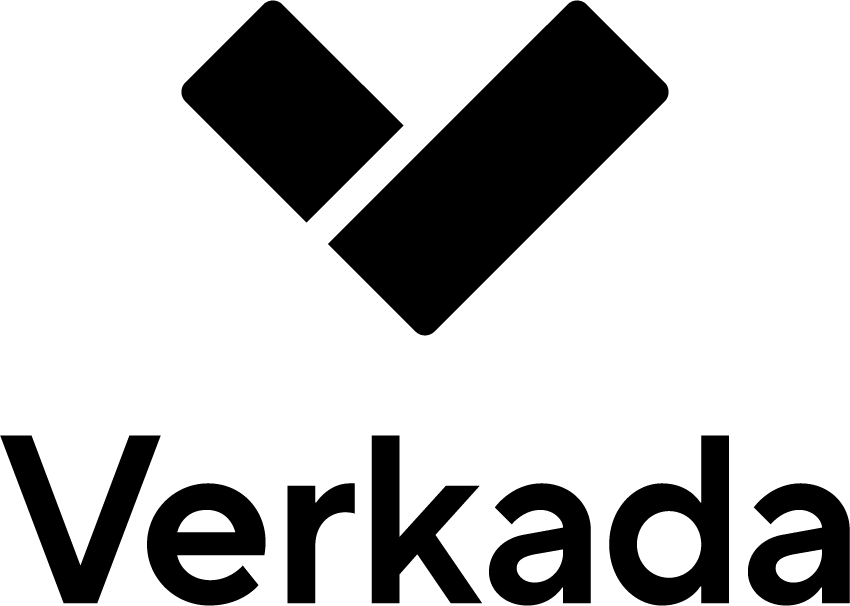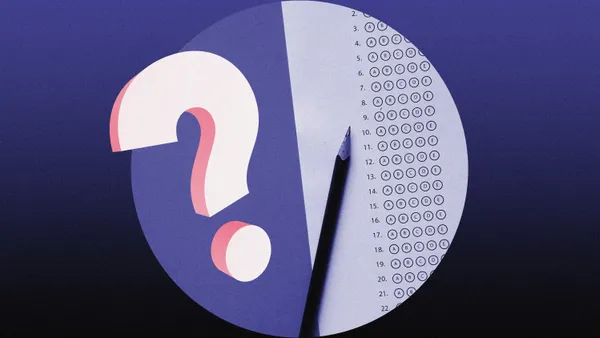Daniel Obregon is the senior vice president of partnerships at Leading Educators, a nonprofit that works with school systems to improve instructional support.
School districts invest millions in professional learning each year, yet many leaders struggle to identify a real return on investment.
Too often, districts assess success with short-term, surface-level indicators like teacher satisfaction and attendance rather than measurable shifts in educator knowledge, instructional practice, or student learning — effects that may take more time to show up. This can lead to rash judgments of efficacy or lack thereof and premature termination of well-designed programs.

At this moment of high need for academic recovery and widespread despair over recent results on the National Assessment of Educational Progress, it’s essential to know that professional learning can work. School systems such as Charleston County School District, Baltimore City Public Schools, and New York City Public Schools’ Harlem Community School District 5 are achieving historic results after systemic investments in coherent, curriculum-based instructional work.
If leaders are serious about improving instruction at scale, professional learning is nonnegotiable. But system-level evaluations must move beyond asking, "Did you like it?" to instead asking, "Did it make a difference?"
With competing priorities and limited resources, district leaders can't afford professional learning initiatives that fail to show measurable impact. Each year, leaders face increasing financial pressure to justify their investments, especially as federal pandemic emergency funds expire, the status of federal grants remains unclear, and state and local budgets tighten.
Here are a few research-backed steps that school districts can take to incorporate evidence into their needs assessment and decision-making processes for professional learning initiatives.
Doing what matters
High-quality professional learning is more than a one-time workshop or an inspirational keynote. It must be sustained, job-embedded, and focused on the instructional core. Most importantly, it should provide a predictable space for educators to actually practice what they teach.
According to Thomas Guskey, a leading scholar on this issue at the University of Kentucky, effective professional learning measurement should address these elements:
- Participants' reactions: Did educators find the training engaging and relevant?
- Participants' learning: Did they acquire new knowledge and skills?
- Organizational support and change: Did the school system provide the necessary resources and conditions to sustain new practices?
- Participants' use of new knowledge and skills: Are educators implementing what they learned in the classroom?
- Student learning outcomes: Most critically, is there measurable improvement in student achievement?
By moving beyond teacher satisfaction surveys and tracking real instructional and student learning changes, districts can ensure that professional learning delivers on its promise. But the question is “How?”
Measuring what matters
Most school district leaders understand these levels intuitively but struggle to build the robust systems needed to implement and measure them effectively. Consider these key steps:
- Align professional learning with clear instructional goals: Professional learning should be tied directly to districtwide academic priorities, such as improving literacy or math proficiency. Far too many resources go to one-time workshops on trends or discrete strategies that fail to meet the complexity of planning, preparing and providing strong daily lessons.
- Gather and analyze multiple data sources: Effective measurement requires combining qualitative and quantitative data — teacher reflections, classroom observations, student performance metrics, and stakeholder feedback. Student work, such as brief written tasks completed immediately after a lesson, can help educators spot misconceptions in near real-time, allowing them to adjust and ensure students master the building-block content before moving on.
- Plan for coherent implementation and follow-up coaching: Teachers often leave training sessions excited, but then don't get the ongoing coaching and collaboration necessary to translate the learning into daily practice. Coaching can provide strong models of application and help teachers identify ineffective practices to leave behind.
- Ensure access and differentiated support: All educators should have access to high-quality learning experiences centered on actual practice, and these supports should meet educators where they are. Measuring and calibrating common teacher practices aligned to the standards, as well as a shared instructional vision, can help educators own their learning and work toward clear expectations.
Getting to impact
A landmark 2015 report from TNTP, the nonprofit formerly known as The New Teacher Project, found that despite average district spending of $18,000 per teacher per year on professional development, only 30% of teachers demonstrated measurable instructional improvement. This was essentially because districts prioritized self-reported satisfaction over impact-driven evaluation.
But as the mechanisms for measuring impact have evolved, the research base on what works has grown.
For example, a 2022 randomized control trial by RAND Corp. recently accepted in the What Works Clearinghouse showed that students in schools participating in the Chicago Collaborative Teacher Professional Development Program saw statistically significant test score gains — demonstrating the effectiveness of job-embedded, content-focused professional learning. Likewise, a peer-reviewed study of educator fellowships in three states, which focused on teacher-driven instructional leadership, found strong evidence of student impact two years after the programs ended.
The stakes are simply too high to take big swings without evidence. Let’s build from what works and make it spread.












